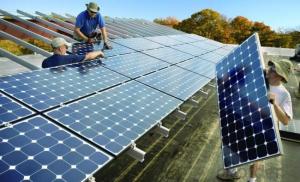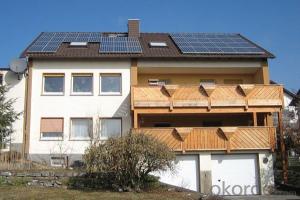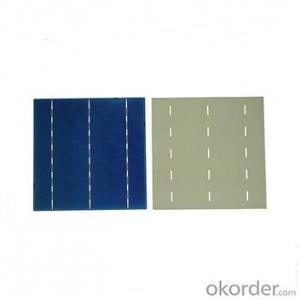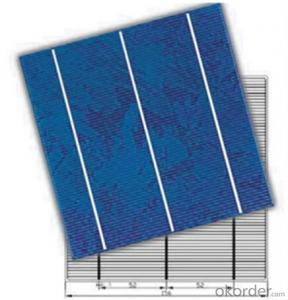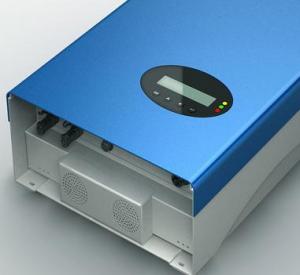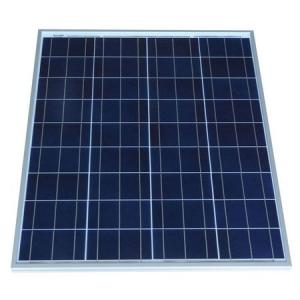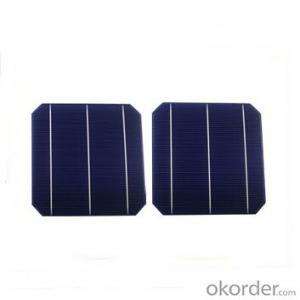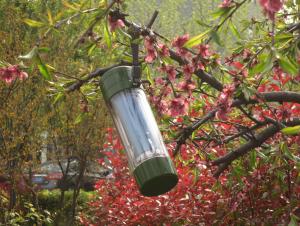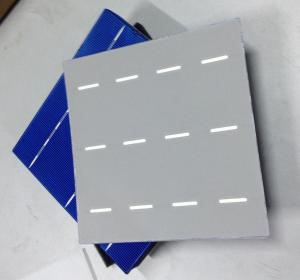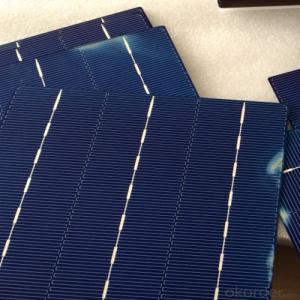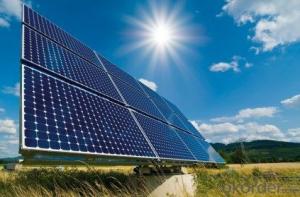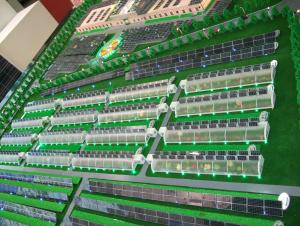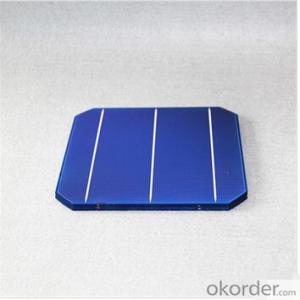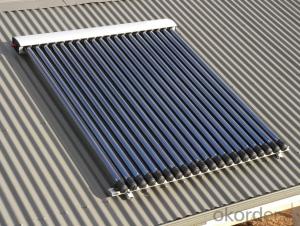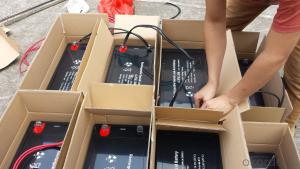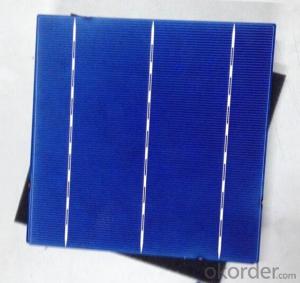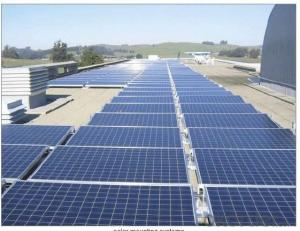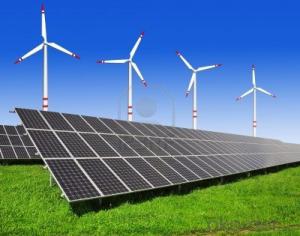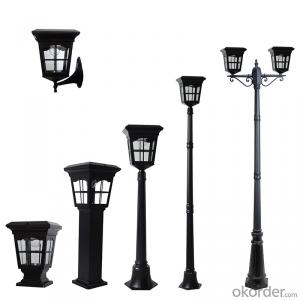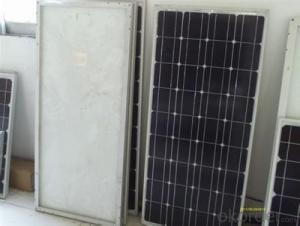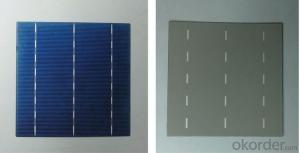Buy Organic Solar Cells
Buy Organic Solar Cells Related Searches
Buy Solar Cells Purchase Solar Cells Organic Solar Cells Buy Solar Cells Online Buy Solar Panel Cells Buy Small Solar Cells Buy Cheap Solar Cells Buy Solar Cells Wholesale Buy Solar Cells In Bulk Buy Loose Solar Cells Organic Printed Solar Cells Cost Of Organic Solar Cells Buy Flexible Solar Cells Buying Solar Cells Wholesale Buy Solar Energy Best Solar Cells To Buy Buy Broken Solar Cells Printed Organic Solar Cells Buy Solar Cells From China Buy Thin Film Solar Cells Organic Polymer Solar Cells Printable Organic Solar Cells Best Solar Cells Best Place To Buy Solar Cells Cheap Solar Cells High Quality Solar Cells Cheap Solar Cells For Sale Affordable Solar Cells Low Cost Solar Cells Organic Solar Cells AdvantagesBuy Organic Solar Cells Supplier & Manufacturer from China
Buy Organic Solar Cells are a type of photovoltaic technology that harnesses sunlight to generate electricity. These cells are made from organic materials, such as polymers and small molecules, which offer a more sustainable and cost-effective alternative to traditional silicon-based solar cells. They are known for their flexibility, lightweight, and potential for large-scale production, making them suitable for a wide range of applications.Organic solar cells find their usage in various scenarios, including powering small electronic devices, portable chargers, and even large-scale solar energy installations. Their unique properties, such as being lightweight and flexible, also make them ideal for integration into building materials, wearable electronics, and other innovative applications where traditional solar panels might not be practical. This versatility allows for the development of new and creative solutions to harness solar energy in both urban and remote environments.
Okorder.com is a reputable wholesale supplier of Buy Organic Solar Cells, boasting a large inventory that caters to the diverse needs of customers worldwide. With a commitment to quality and customer satisfaction, Okorder.com ensures that the organic solar cells they provide meet the highest standards of performance and reliability. Their extensive range of products makes them a one-stop-shop for businesses and individuals looking to invest in sustainable energy solutions.
Hot Products
